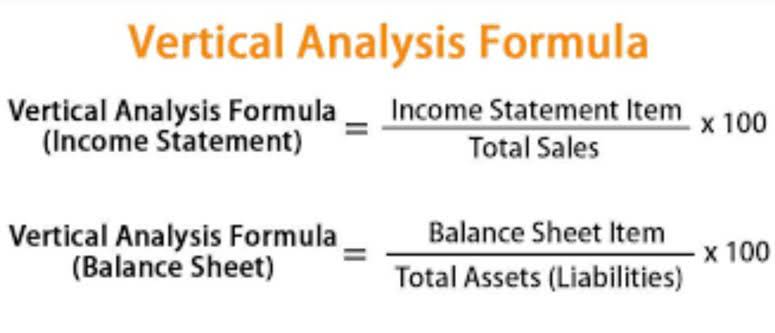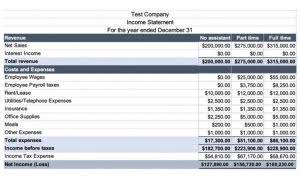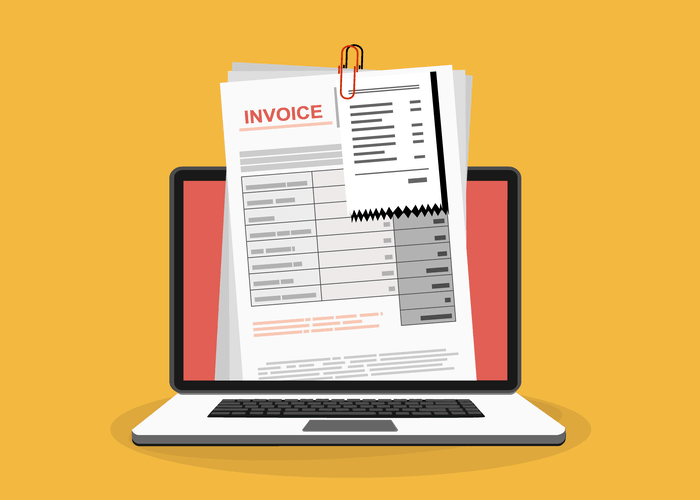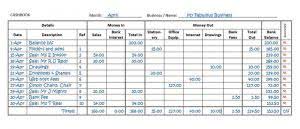
Profit is a gain, it falls at credit entry in the profit and loss account. Or you could use double entry rule, the loss on disposal is credit side, so it will falls on the debit side of profit and loss account, and vice versa. The equipment will be disposed of (discarded, sold, or traded in) on 10/1 in the fourth year, which is nine months after the last annual adjusting entry Accounting Periods and Methods was journalized. The first step is to journalize an additional adjusting entry on 10/1 to capture the additional nine months’ depreciation. The first step is to determine the book value, or worth, of the asset on the date of the disposal.
Related Terms

If there is a difference between disposal proceeds and carrying value, a disposal gain or loss occurs. From an accounting perspective, it affects companies’ depreciation and amortization expenses. In this way, it influences capital budgeting decisions by helping determine the total cost of ownership and whether to buy versus lease.
Asset Disposal with a Loss

The company breaks even on the disposal of a fixed asset if the cash or trade-in allowance received is equal to the book value. It also breaks even of an asset with no remaining book value is discarded and nothing is received in return. When a fixed asset is sold for an amount higher than Interior Design Bookkeeping its carrying amount at the date of disposal, the excess is recognized as gain on disposal. In accounting terms, the asset disposal value is the value at which the asset is sold when an asset is no longer useful.
- The asset disposal definition refers to eliminating a company’s asset from accounting records, generally by selling or scrapping it.
- When an asset reaches the end of its useful life and is fully depreciated, asset disposal occurs by means of a single entry in the general journal.
- Many companies use a salvage value of $0 because they believe that an asset’s utilization has fully matched its expense recognition with revenues over its useful life.
- Next, companies must compute the difference between the asset’s initial value and the yearly depreciation to determine the asset’s new value.
- At Asset Infinity Store, we understand the importance of effective asset management for businesses of all sizes.
- If you bought an item with a big depreciation hit in its first year and onward, consider hanging on to the product for as long as you can.
- Since the annual depreciation amount is $1,200, the asset depreciates at a rate of $100 a month, for a total of $300.
What are some common pitfalls to avoid when calculating disposal value?
Empowering students and professionals with clear and concise explanations for a better understanding of financial terms. The trade-in allowance of $7,000 plus the cash payment of $20,000 covers $27,000 of the cost. The company must take out a loan disposal value for $13,000 to cover the $40,000 cost. Next, compare its book value to the value of what you get for in return for the asset to determine if you breakeven, have a gain, or have a loss.

Why is it important to calculate disposal value?
- For example, if an asset is bought for £500m with an estimated useful life of 100 years and a residual value of £300m, the depreciable amount totals £200m.
- Computing the disposal value using this technique involves dividing 1 by the useful life of the asset 1 and multiplying the result by 2.
- Since the cash proceeds ($1.5 million) are less than the carrying amount (i.e. $2.6 million), the disposal has resulted in a loss of $1.1 million ($2.6 million – $1.5 million).
- Every company will have its own standards for estimating salvage value.
- There are different ways in which different industries calculate residual value.
- Those that I have embolded means it were transferred from the first two accounts that we closed.
In simple words, residual value subtracted from the original price gives you the amount you pay to the lessor. So, there are various reasons for the companies to make the asset cost-effective. In addition, the companies must ensure that the products manufactured are also economical from the viewpoint of the customer.

Salvage value is the amount a company can expect to receive for an asset at the end of the asset’s useful life. A company uses salvage value to estimate and calculate depreciation as salvage value is deducted from the asset’s original cost. A company can also use salvage value to anticipate cash flow and expected future proceeds. In general, the salvage value is important because it will be the carrying value of the asset on a company’s books after depreciation has been fully expensed. It is based on the value a company expects to receive from the sale of the asset at the end of its useful life.



